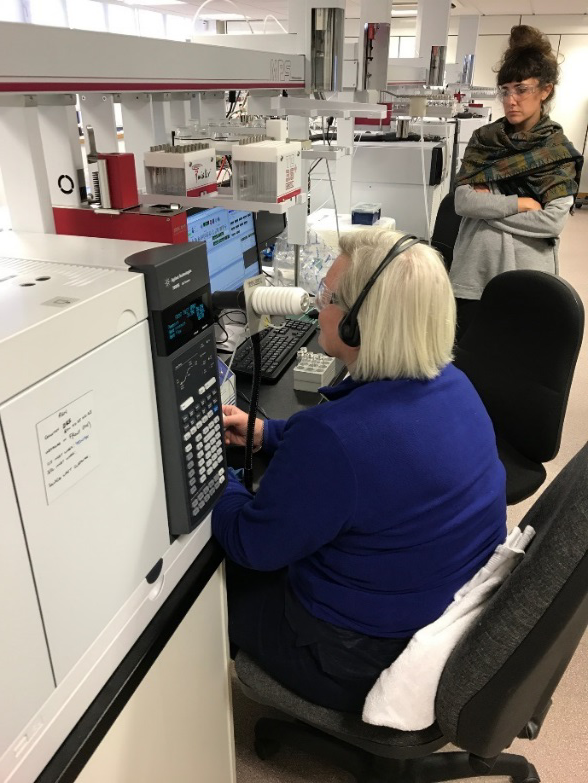A former nurse, Joy Milne, is using her incredible sense of smell to help researchers develop a method for early detection of Parkinson's disease.
Some diseases lead to changes in metabolism and the emission of certain odours specific to the disease. However, the amounts emitted, especially in the early stages of the disease, are in many cases so small that most humans do not perceive these smells. Joy Milne is the exception to this rule, as reported recently by the BBC, due to her unique ability to detect the disease by smell long before it is confirmed by standard
diagnostic procedures. Indeed, she noticed the distinctive musky smell around her husband, Les, ten years before he was sadly diagnosed with the disease, which he subsequenlty died of aged 65.
 Using Joy's special ability to sniff out Parkinson's disease ahead of standard diagnostic tests, the hope is that early diagnosis will enable doctors to treat patients before the disease has done much damage. She is working with researchers to develop sensitive chemical analysis methods that could help patients lead better, longer lives.
Using Joy's special ability to sniff out Parkinson's disease ahead of standard diagnostic tests, the hope is that early diagnosis will enable doctors to treat patients before the disease has done much damage. She is working with researchers to develop sensitive chemical analysis methods that could help patients lead better, longer lives.
To discover the significant olfactory markers for the disease that Joy Milne is detecting Manchester Institute of Biotechnology (MIB) Professor Purdita Barran, working on the project, turned to Anatune Ltd, in Cambridge, UK, asking for support. Their objective was to identify the relevant olfactory markers by GC/MS combined with parallel Olfactory Detection – using Joy Milne as a human detector at the GERSTEL Olfactory Detection Port (ODP). Volatile compounds from textile samples were collected using a GERSTEL MultiPurpose Sampler (MPS) with Dynamic Headspace (DHS) option. The concentrated analytes were subsequently transferred to and determined by an Agilent Technologies GC-QTOF analysis system. The ODP and Joy Milne were connected in parallel to sniff out the relevant markers.
The signs are promising from the initial research that Joy's ability can be used in a clinical context to help find the signature molecules to diagnose Parkinson's offering hope to potential future sufferers.




